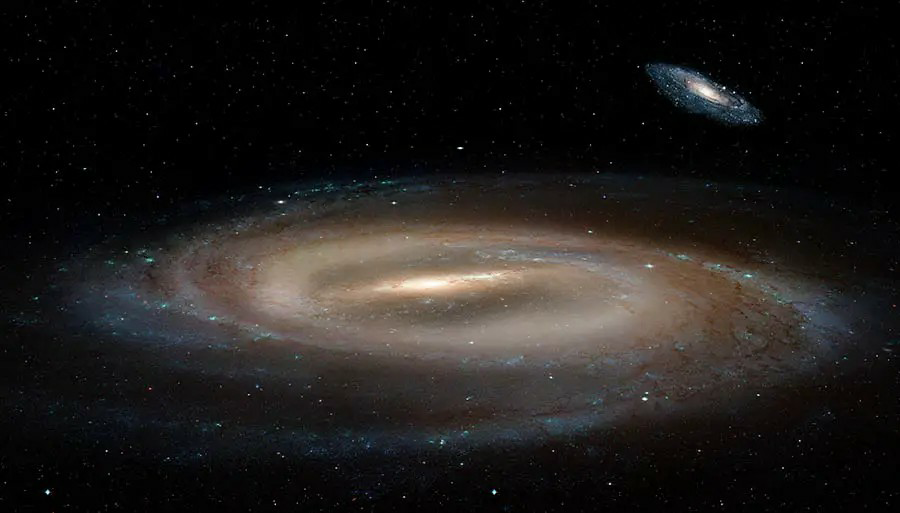55P/Tempel-Tuttle
Discovery Comet Tempel-Tuttle was discovered twice independently—in 1865 and 1866 by Ernst Tempel and Horace Tuttle, respectively. Overview Comet 55P/Tempel-Tuttle is a small comet―its nucleus measures only about 2.24 miles (3.6 kilometers) across. It takes Tempel-Tuttle 33 years to orbit the sun once. Tempel-Tuttle last reached perihelion (closest approach to the sun) in 1998 and will return again in 2031. The pieces of space debris that interact with our atmosphere to create the Leonids meteor shower originate from Tempel-Tuttle. This usually weak annual meteor shower takes place each November, and peaks mid-month. When comets come around the sun, the dust they emit gradually spreads into a dusty trail around their orbits. Every year the Earth passes through these debris trails, which allows the bits to collide with our atmosphere where they disintegrate to create fiery and colorful streaks in the sky. Every 33 years, or so, the Leonids meteor shower becomes a meteor storm. A m...
.png)







